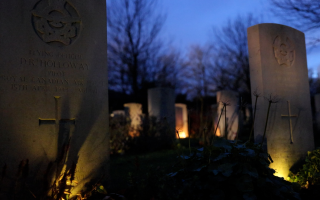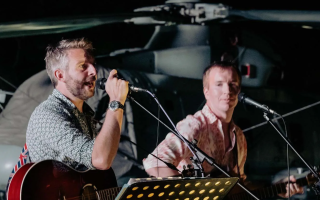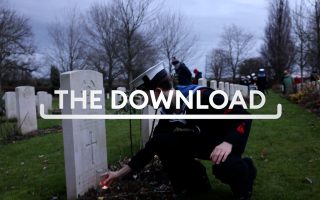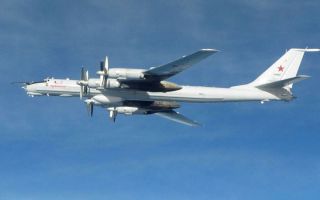SAS Daggers Drawn: Empathy and imagination, not just sabotage and slaughter
Damien Lewis, best known as the author of books such as The Ministry of Ungentlemanly Warfare and The Flame of Resistance, has delved into the factors that contributed to the SAS becoming a formidable fighting force during the Second World War – and his findings may surprise some readers.
Set in the summer of 1944, Mr Lewis's latest book, SAS Daggers Drawn, follows the escapades of Special Forces men who, under the leadership of the legendary Lieutenant Colonel Blair 'Paddy' Mayne, were charged with putting an end to Hitler's Nazi Germany.
Using war diaries and never-before-seen archive material, the former war reporter brings to life the extraordinary stories of 1st Special Air Service Brigade (1 SAS) men such as Lance Corporal Alec 'Boy' Borrie, Major Bill Fraser, Squadron Sergeant Major Reg Seekings and Padre Fraser McCluskey, who found themselves operating behind enemy lines after D-Day.

Readers unfamiliar with the extraordinary men of 1 SAS might assume from the way Special Forces are sometimes portrayed in the media that the men were emotionless, fighting machines.
But that couldn't be further from the truth.
SAS Daggers Drawn delves deep into the archives to discover the truth behind the fearsome fighters who, according to Mr Lewis, were compassionate, creative and respectful.
Empathy and empowerment are essential
For the SAS, merit mattered most above rank.
Everyone had to feel valued and empowered to think and do the unthinkable – which were key foundation stones of the SAS during the Second World War.

Each soldier's ideas were considered, regardless of their origin, religion, age or education.
And empathy was vital, as Mr Lewis explained to BFBS Forces News, saying: "Empathy is something that people do not associate with the SAS, but it's absolutely essential.
"And because you need to be able to think the unthinkable, you don't just need empathy, you need imagination - and the people with the best imagination are creative types.
"They're the poets and they're the artists and the actors."
There are several real-life moments in SAS Daggers Drawn which highlight the compassion shown by the men of 1 SAS.
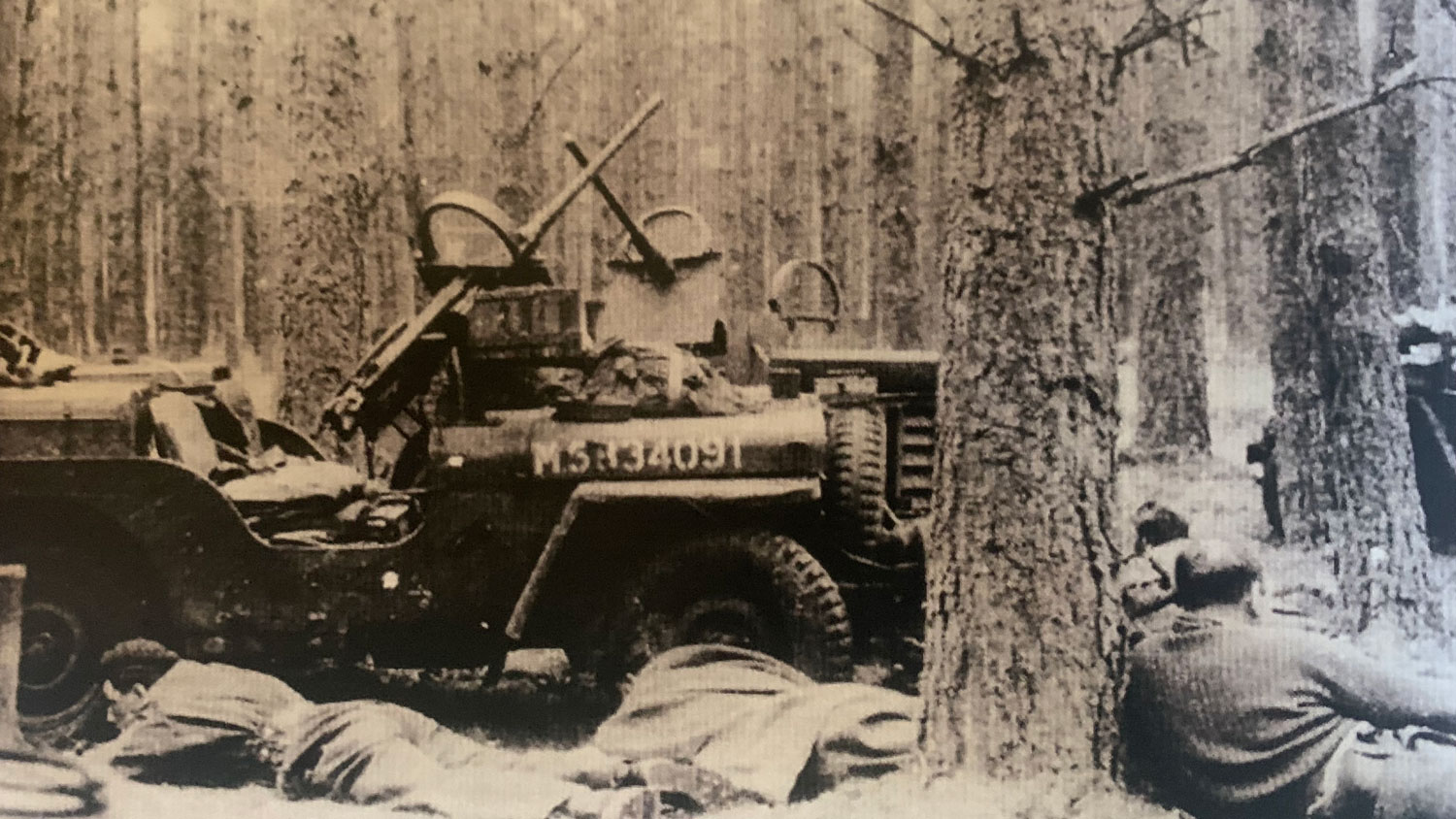
Consumed by exhaustion and often starving, this band of brothers still found time to pay their respects to those they fought alongside who had made the ultimate sacrifice.
Through his extensive research, Mr Lewis came across the moving story of 22-year-old Lance Corporal Jimmy 'Curly' Hall who had volunteered for the SAS as a teenager and taken part in some of the unit's most iconic missions.
"Always bright, cheery and philosophical", LCpl Hall's good sense of humour made him a popular member of 1 SAS and he'd proven himself time after time in previous operations.

When he was killed during a mission to rescue the people of Les Ormes who were being held captive by several hundred German soldiers, the Special Forces men gave LCpl Hall a fitting burial.
Mr Lewis writes: "The villagers of Les Ormes... only had the one coffin, but they offered it to the SAS.
"Hall... was buried with the two dead villagers murdered in the SS reprisals lying to either side of him.
"It was powerful symbolism to demonstrate that the young SAS trooper had not died in vain."
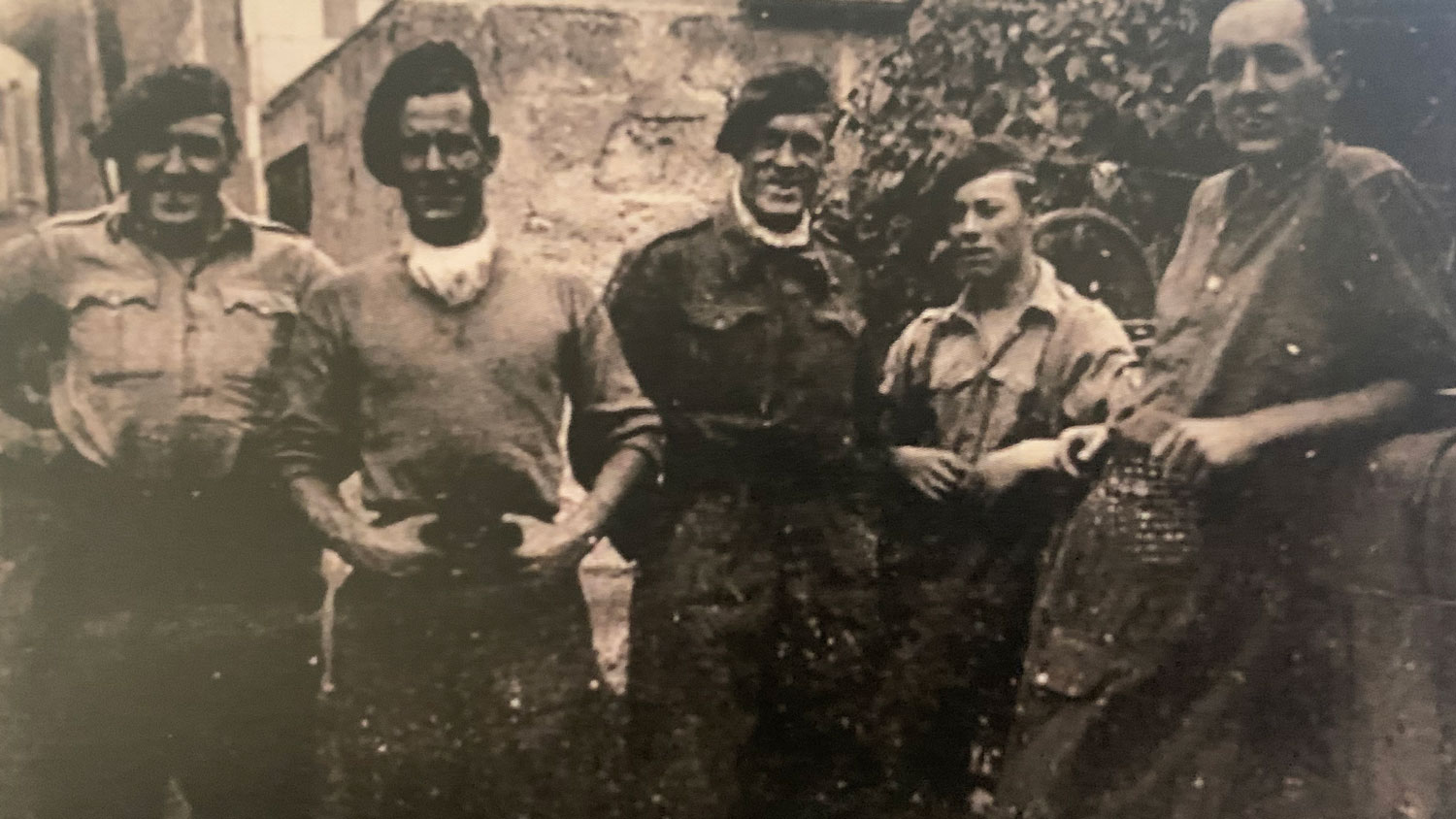
A dirty and murderous war
Mr Lewis found writing SAS Daggers Drawn a daunting task as France and Germany in the summer of 1944 wasn't anything like 1 SAS had faced in the North African desert where there were vast open spaces devoid of human habitation.
Instead, the Special Forces soldiers were conducting their missions where the people they were trying to liberate lived.

Men, women and children, all in desperate need of protecting, would often shelter, feed and provide vital intel to Paddy Mayne's men.
But, as Mr Lewis put it, the "war was turning dirty and murderous".
One of Adolf Hitler's most successful generals, Erwin Rommel, called the North African desert campaign a "war without hate" where enemy armies could battle safe in the knowledge that civilians would not come to harm.
However, in Europe any locals discovered to have assisted Special Forces men were punished in some of the most horrific and traumatising ways imaginable.

Mr Lewis said: "They would simply round up French villagers pretty much on an arbitrary basis and massacre them - and that's men, women and children... village priests hung from their own church.
"I mean real, real horrors."
Within hours of a successful operation such as blowing up a railway line, synthetic fuel plant or V-1 factory, 1 SAS would discover that the locals who had looked after them had all been massacred.
This violent retribution on innocent lives often left Lt Col Mayne's men bereft and sometimes destroyed their ability to fight.

SAS original member Squadron Sergeant Major Reg Seekings was a champion British Army boxer, whose presence on operations reassured others as they knew with him on their side anything was possible.
The soldier was known as the "Partisan Anglais" as he had become so attached to the French locals he was soldiering amongst.
Mr Lewis said: "This was the hardest, toughest, most battle-experienced, long-lived members of the regiment, realising that their operations were having these terrible effects on people with whom they had bonded very closely."
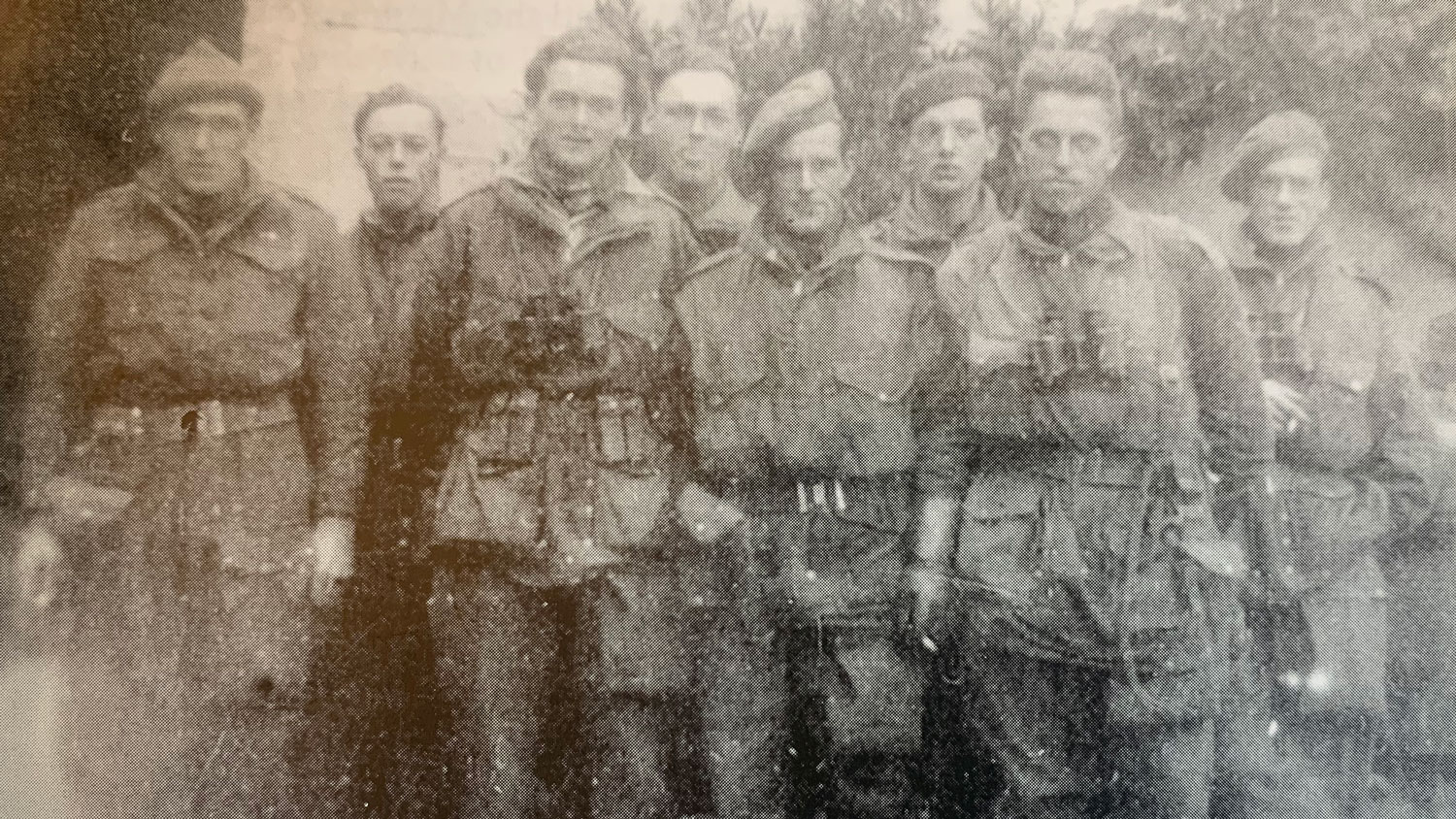
The strength of neurodiversity
Only in the last quarter of a century have we had a word to best describe another factor crucial to the success of the SAS – neurodiversity – the different ways in which people think, learn and experience the world.
Paddy Mayne knew he had to recruit men who could approach each operation with a unique viewpoint.
Mr Lewis said: "Neurodiversity... is the last thing anyone would ever associate with the SAS, but it's completely at the heart of it.
"You need individuals who, by their very nature, think differently.
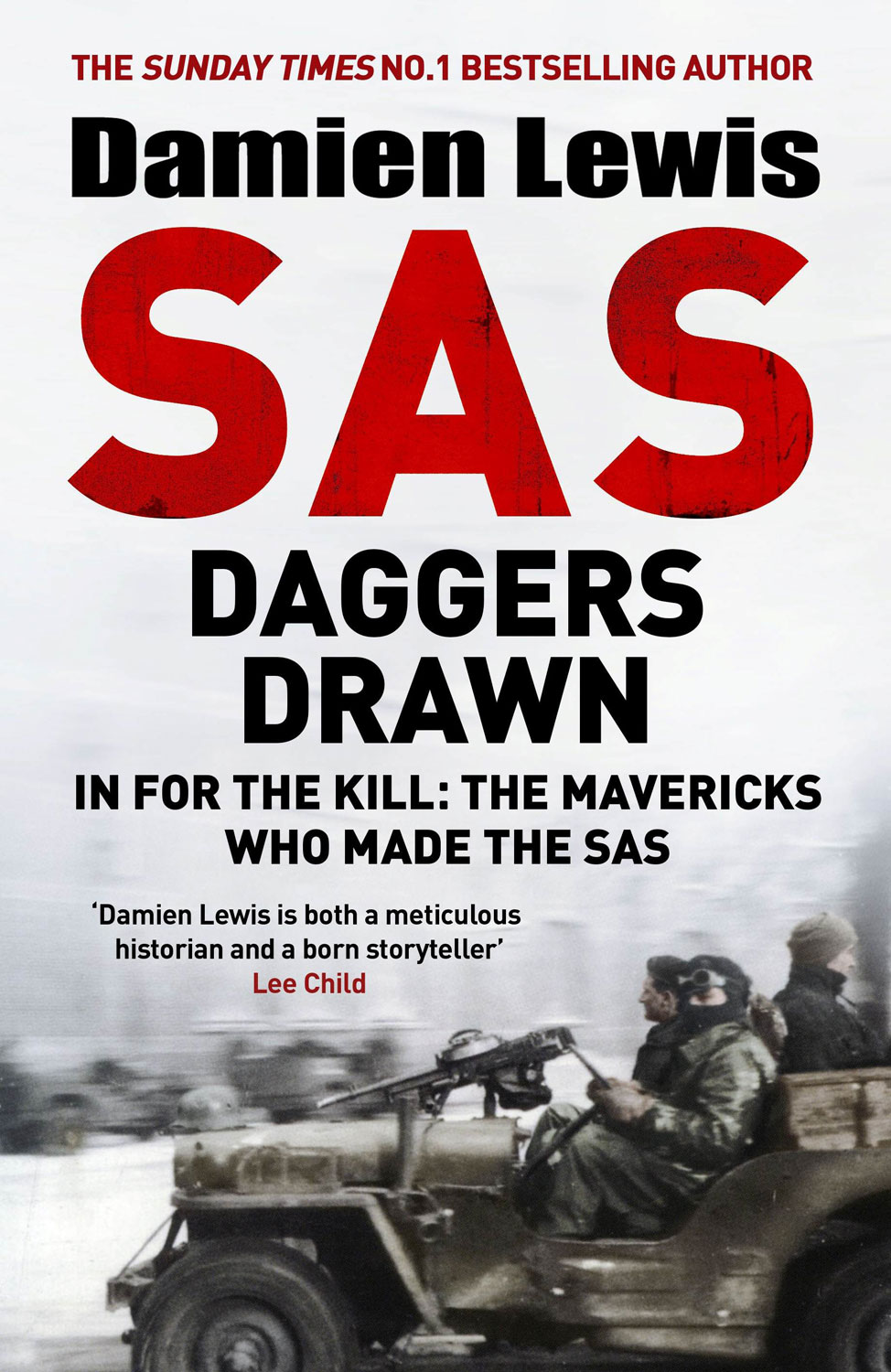
"They can have the most offbeat, off-the-wall, left-field ideas and you look at a lot of the individuals who volunteered... a lot of the most memorable were individuals who were without doubt neurodiverse."
SAS Daggers Drawn highlights the compassion of the men of 1 SAS, who, with unwavering courage, pushed forward through extreme adversity while being hunted by the Nazis.
They were driven by a commitment to the people they were trying to save and to one another.
SAS Daggers Drawn: The Mavericks Who Made the SAS by Damien Lewis is available in hardback from 24 October 2024.
To hear Damien Lewis discuss SAS Daggers Drawn, visit geni.us/Damien-AutumnEvents to find your nearest location.



